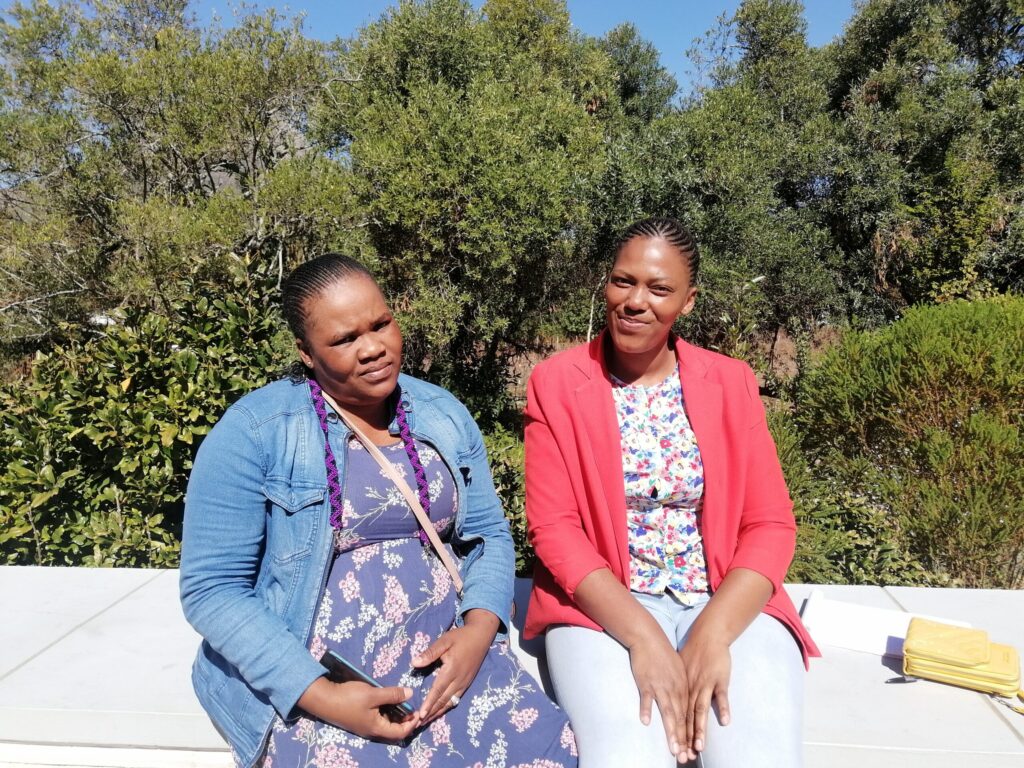- World TB Day is on 24 March (it was commemorated this past Sunday), the date in 1882 when Robert Koch described as tubercles the small round lumps he saw under the microscope when looking at culture samples of the germ that causes the disease.
- In isiXhosa, TB is called isifo sephepha, which translates to “disease of paper”.
- Trying to understand where the term comes from, taught this TB researcher about the importance of listening to what people say about their illness — and what it means for helping them.
COMMENT
In 2019, while doing tuberculosis (TB) research in a rural part of the Eastern Cape, I heard an entirely new word to describe the illness.
Isifo sephepha.
Translated from isiXhosa it means the “disease of paper”.
Despite our knowing that TB spreads through the air and has symptoms like coughing, night sweats and weight loss (or that over half the people with TB in South Africa have no symptoms at all), we can’t seem to stop it from spreading.
It’s South Africa’s biggest killer and the words people use to describe the disease offer a glimpse into what it means for them to have TB — which can help health workers shape public health campaigns that a community can relate to.
The disease we know as TB today — a term coined by Robert Koch in 1882 when he described the small round nodules he saw under the microscope as tuberculi — has been known, but also misunderstood, through the ages.
Back in the 13th century, TB of the lymph nodes was called “the King’s-Evill”(sic), which came from people’s belief that painful swollen lymph nodes in the neck could be cured by a King’s touch. English and French monarchs lined up their subjects for their cure, and King Charles II reportedly touched more than 92 000 subjects during his 25-year reign.
On the paper trail in the Eastern Cape
People have long described diseases based on what they saw. For example, early names for TB, such as phthisis (from phthinein, meaning “to decay” in Greek) or consumption (from consumptionem, meaning “using up” in Latin), bring vivid images of someone gradually wasting away.
Something similar must be happening here, I figured.
Having been trained as a doctor in South Africa, where much of the public health system is still paper based and where TB is a notifiable disease, my first thought when I heard the term isifo sephepha was that it referred to the disease notification slips that we fill in when someone is diagnosed with TB. (A notifiable disease is a condition of which each case has to be reported to a special government registry.) Or to x-ray films that are printed and carried around.
But none of the people I interviewed, who included isiXhosa-speaking health workers and community members in this rural part of the Eastern Cape, agreed.
Instead, they gave a patchwork of explanations, each adding a different perspective.
Some said the term comes from similar-sounding words used in connection with TB, and that there’s no link to actual paper. For example, the word siphephezelayo means having a dry, irritating cough — a common symptom of TB. Or it could remind of the phe-phe-phe sound someone makes when they cough.
It’s got nothing to do with paper, these respondents said.
Others linked the idea of paper to the type of person who was commonly seen to contract TB. “When you live in a dirty place or where people throw piles and piles of rubbish — that’s where you’d get TB,” said someone I talked to. To them, paper means someone lives in a place where there’s rubbish and papers strewn about, and this dirtiness affects someone on the inside as well, presenting as TB.
There were other ideas still.
One had to do with paper being burnt, like when incinerating garbage or smoking tobacco rolled in paper. Many people felt that dirty air can leave you open to getting TB, and linked burning paper to that idea. The perception that poor air quality and smoking can up someone’s risk for falling ill with TB is not wrong, studies show.
But the explanations didn’t give me definitive answers, and my curiosity gnawed at me.
So, I asked Pamela Maseko, a language professor at the Nelson Mandela University in Gqeberha who specialises in understanding how people’s social circumstances influence their language use. She told me that the traditional medicine people in this area used to treat umbefu (asthma) and cough came from a tree called iphepha. So, literally, isifo sephepha is “the disease of the paper tree”.
Something clicked for me.
Mystery, metaphors and meaning
The explanations from people in the communities I spoke to were an example of how people connect something that is not part of their use — the iphepha tree — to something that is well known, like paper (it happens in many languages across the world).
In the book Illness as Metaphor, an influential work on how people make sense of a health condition, Susan Sontag writes: “Any disease that is treated as a mystery and acutely enough feared will be felt to be morally, if not literally, contagious.”
This is what was happening for people in the communities I spoke to.
They knew this disease is airborne and contagious, because they saw it around them — that it’s a germ that spreads through the air when someone with TB coughs or sneezes.
More importantly, they saw it as morally contagious.
Enter stigma.
For many, TB is a disease that affects those who have done something wrong or who are worthy of blame. TB is “deserved” because the illness is for people who have something in them — a characteristic or behaviour — that discredits their worth in society.
This puts a double burden on people with TB: having to deal with the physical symptoms of the disease and treatment as well as the psychological pain of being stigmatised.
In my conversations with people, I also heard of some practices being used at home to seemingly control infection, such as having separate cutlery and crockery for someone who is ill or asking them to live separately from their family for months.
But not only is this unnecessary, it also fuels stigma. We know that after starting the right treatment, someone with TB becomes less infectious within days, so many experts agree that isolation should not be longer than two weeks. TB does not spread through touching dirty objects, only through the air.
In South Africa, TB is incredibly common (about 765 people were infected per day in 2022) and also feared — to the extent that people aren’t willing to share their experiences with others and get support.
But all it takes to become infected with TB is to breathe.
Instead of trying to touch a king or focusing on what a microscope shows, isifo sephepha tells us that we — as public health researchers, frontline workers and the society — must listen to how people make sense of the disease in order to give them the social safety they need.
We need to share the message clearly: TB does not choose who it infects. If you breathe, you’re at risk. And if someone has TB, our response should not be to blame or fear, but to help.
Helene-Mari van der Westhuizen is a South African medical doctor, co-founder of the NGO TB Proof and researcher at Oxford University.







